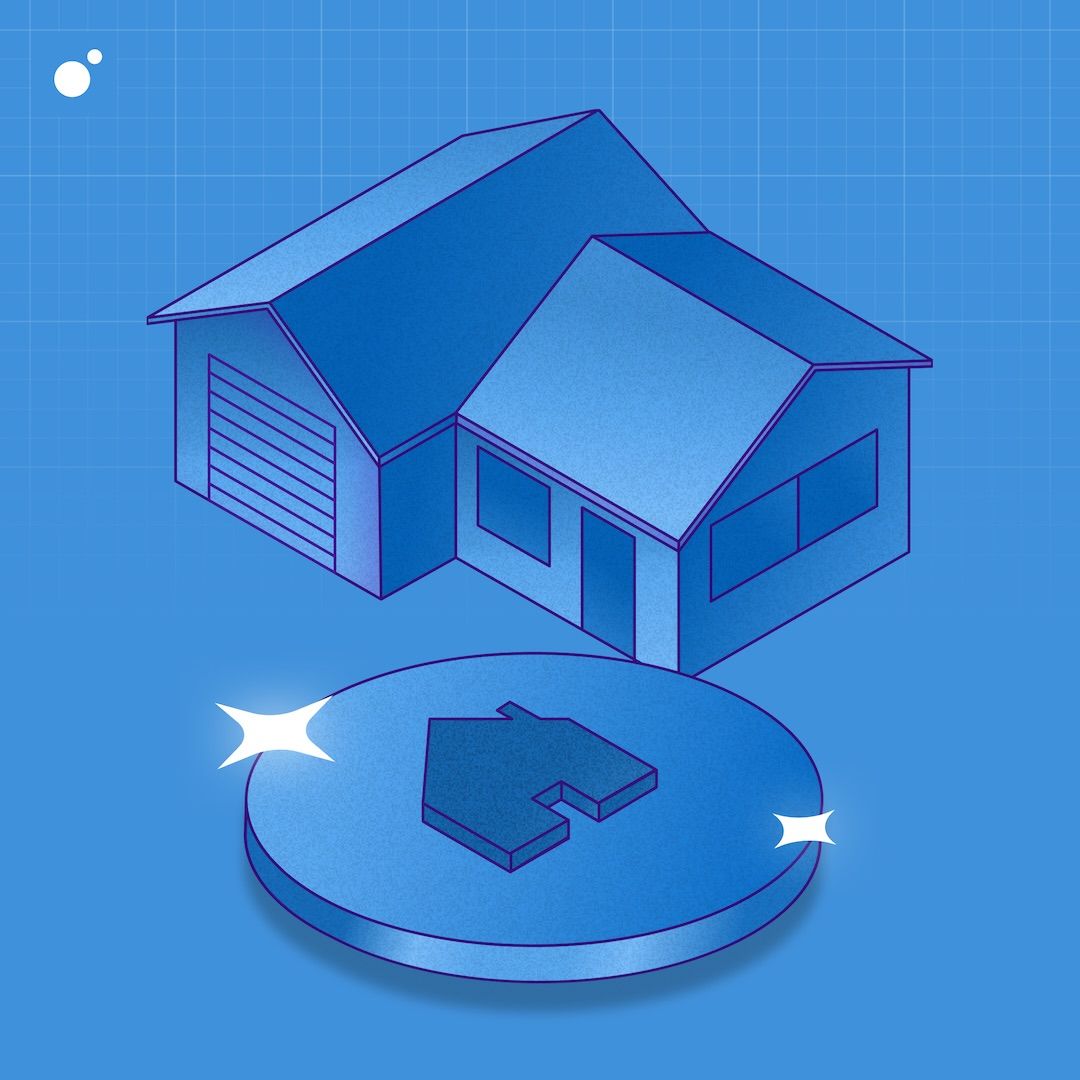Tokenization is the conversion of real-world or digital assets into blockchain tokens. When something is “tokenized” it is put “on chain”—shorthand for being represented on a blockchain.
Everything from food and wine to carbon credits and parking spaces have been tokenized, making “tokenization” one of the few Web3 buzzwords to gain traction outside the industry.
In a recent report, Bank of America has even argued that in the “not-too-distant future” (5-15 years) tokenization will be so ubiquitous that tokenized assets and token portfolios (one’s holdings of tokenized assets) will simply be called “assets” and “portfolios”. The bank has also argued that tokenization will achieve mainstream adoption more rapidly than television and email did, and predicts the value of tokenized assets to reach 10% of global GDP by 2030.
Sign up to our weekly MoonPay Minute newsletter
Digital deeds
How can a real-world asset like a house be tokenized?
When someone says they “own” a house, what they really mean is they own a written document, a deed, that proves they own a house. That’s precisely how tokenization works: when an asset is tokenized, the blockchain token confers clear proof of ownership, much like a digital deed.
It’s difficult to overstate how powerful this is. According to Peruvian economist Hernando de Soto, market economies would be “inconceivable” without deeds. What’s striking is that a deed’s touted benefits - proof of ownership, clear parameters, an ironclad “chain” of transfers - read like a list of blockchain’s core advantages.
The difference is blockchain delivers them with far greater efficiency and security.
Will everything be tokenized?
There’s a lot of buzz around tokenization. By scanning the headlines - “Tokenize Everything”, “Almost Everything Could be Tokenized”, “The Tokenization of The World Starts Now” - it appears that not only can everything be on-chain, but it will be.
While in theory any form of ownership can be tokenized, we’ll likely see the biggest impact in the digital world. That’s because whereas tokenization improves proof of physical ownership, it creates proof of digital ownership. Before blockchain, there simply was no such thing as digital ownership. So in the same way we saw the digitization of most things analog, we could witness the tokenization of most things digital.
Subscribe to our newsletter!
Did you like this article? Sign up to our weekly MoonPay Minute newsletter to get similar content delivered directly to your inbox.
